To err is human. We’ve all doubtless heard this phrase before, but in spite of its truth, who among us doesn’t still cling to a desire to achieve perfection, to become the people we were created to be? We all have dreams of becoming the best, truest version of ourselves; we want to be as kind, as generous, or as compassionate as possible, and we want to manifest such qualities in a manner that’s reflective of our distinct selves.
Examining our lives and becoming more of who we are, however, is easier said than done. While we can look to role models and other women to show us how to live well, the fact that each of us has never existed before and will never exist again means that no one else can quite show us who we are as individuals or who we were born to be.
If we are to live as our truest selves, we must become something we alone know.
The natural question, then, is how do we know who we ought to be? Too often we hear the message that with the right products, the right look, or the right attitude we can be anyone or anything we want. Yet, who we are cannot be defined by our clothing, our job, what we own or who we know. Our identities are not something to be chosen and created. Instead, they exist from the moment we come into being and are something to be discovered. Whether or not we choose to take the time and the effort to discover them, however, is our choice.
Though, if we do commit, distinguishing our true selves in light of the lies and confusion around us is a lifelong process beginning with a renewed practice of self-introspection. We can ask ourselves: What feels like us and what does not? Are there disparities between how we act when we’re alone versus with others? Which parts of our personalities feel most natural and uncontrived? Which bring us the most joy?
Our identities are not something to be chosen and created. Instead, they exist from the moment we come into being …
Of course, there are no black and white answers to these questions, but reflecting on them can help shed light on what resonates most with our core and what doesn’t. The Trappist monk Thomas Merton wrote that “every one of us is shadowed by an illusory person: a false self.” In other words, our true self is often hidden beneath the “false” personas that we’ve created for ourselves — the various “masks” we put on in our lives. These false selves stem from our egos, insecurities, and fear, while our true selves stem from a deep sense of peace, truth and love, and simply exist without thought or effort.
It might feel like a walk in the dark to rely on our own inner light instead of the examples around us to show us what’s true, but let us still strive to make being our authentic selves our aim, knowing that it’s more than just OK to “be ourselves.” To quote Merton once more: “Finally, I am coming to the conclusion that my highest ambition is to be what I already am.”
When do you feel most like your true self? How do you distinguish between what’s true in yourself and what isn’t?
Image via Julie Holder

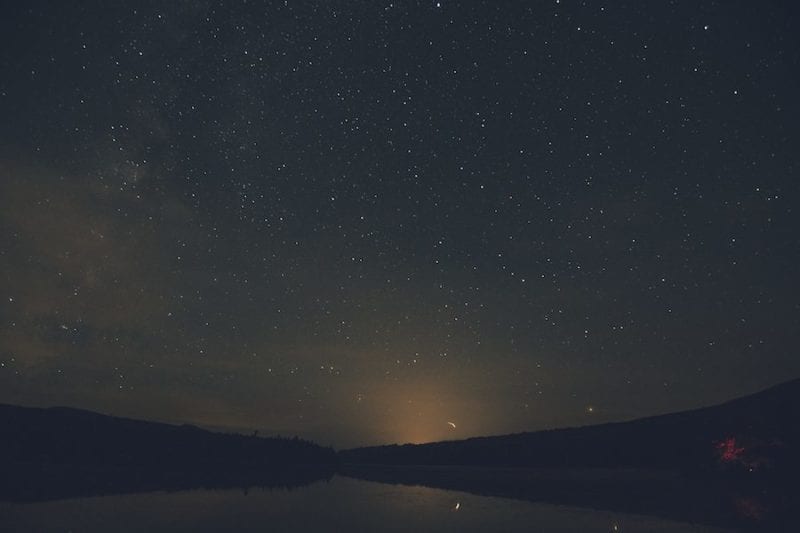
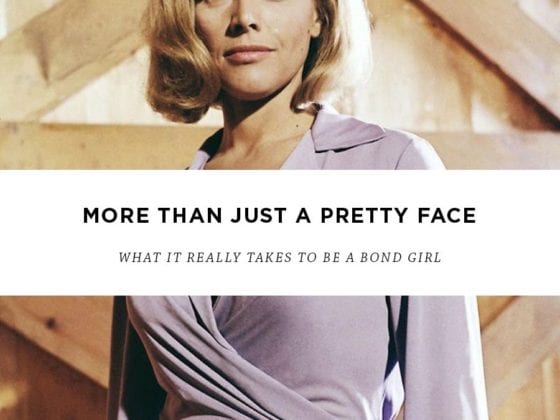

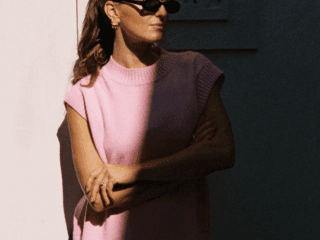
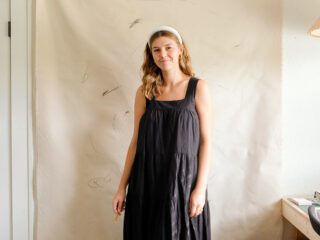




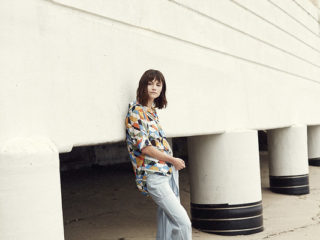
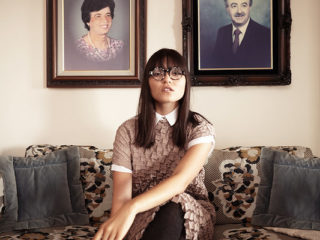
10 comments
What a beautiful and valuable article, really well written.
When we are truly being honest to ourselves in each moment, we bring harmony into our lives. It doesn’t mean it gets easy, but we ride that natural flow of the universal law, supporting us on each step, whether with ups or downs. But we feel grateful for both sides as they make us grow. And in each moment, we know exactly what do or say next.
I think the toughest job in all this is to be able to feel and to get in touch with ourselves. When we start to feel, we can easily become honest with ourselves.
Natasa
Great points, Natasa! Thank you so much for reading this piece and for contributing your voice to the conversation. I love that you bring up the need to be grateful for both the ups and the downs we face in our lives.
“Finally, I am coming to the conclusion that my highest ambition is to be what I already am.”
Sometimes, we kept looking somewhere else. We say we’re lost. Then we hunt for something bigger, better, greater. Little did we know that what we were looking for can only be found from within – and it’s the best we could ever have.
Thank you for this lovely post!
Beautifully said, Eva! I’m so happy hear you enjoyed this piece. (Love your blog, btw!)
“Finally, I am coming to the conclusion that my highest ambition is to be what I already am.”
Sometimes, we kept looking somewhere else. We say we’re lost. Then we hunt for something bigger, better, greater. Little did we know that what we were looking for can only be found from within – and it’s the best we could ever have.
Thank you for this lovely post!
In addition, debilitating neck, back, and head injuries may not become apparent
for days after the accident. No, not necessarily,
rather it is a philosophical thought, one that
will definitely make headlines, and make us think about just how intertwined our global economy really is.
For cleaning jobs that are smaller and narrowly defined, you can usually
create a few variations on your proposal.
“Our identities are not something to be chosen and created. Instead, they exist from the moment we come into being and are something to be discovered.”
Wow, this really resonated with me. Thank you for the powerful reminder!
Glad to hear this piece resonated with you, Trinity! Thanks for sharing your thoughts on it 🙂
More and more I believe self discovery is an extremely important necessity in order for people to truly be happy with themselves and the world around them.The more time we spend doing things we love, the better life is. I think that the time we spend developing ourselves is the best spent time. And Thomas Merton said it all on that last quote: the more people we meet, the more places we go to, the more we realize all we need to be happy is inside of us – and out biggest ambition is just being ourselves, not somebody else.
I agree! And I love that you connect the idea of doing what we love with self-development. I think our passions (and how we live those out) can tell us a lot about ourselves. Thanks for sharing, Rita!